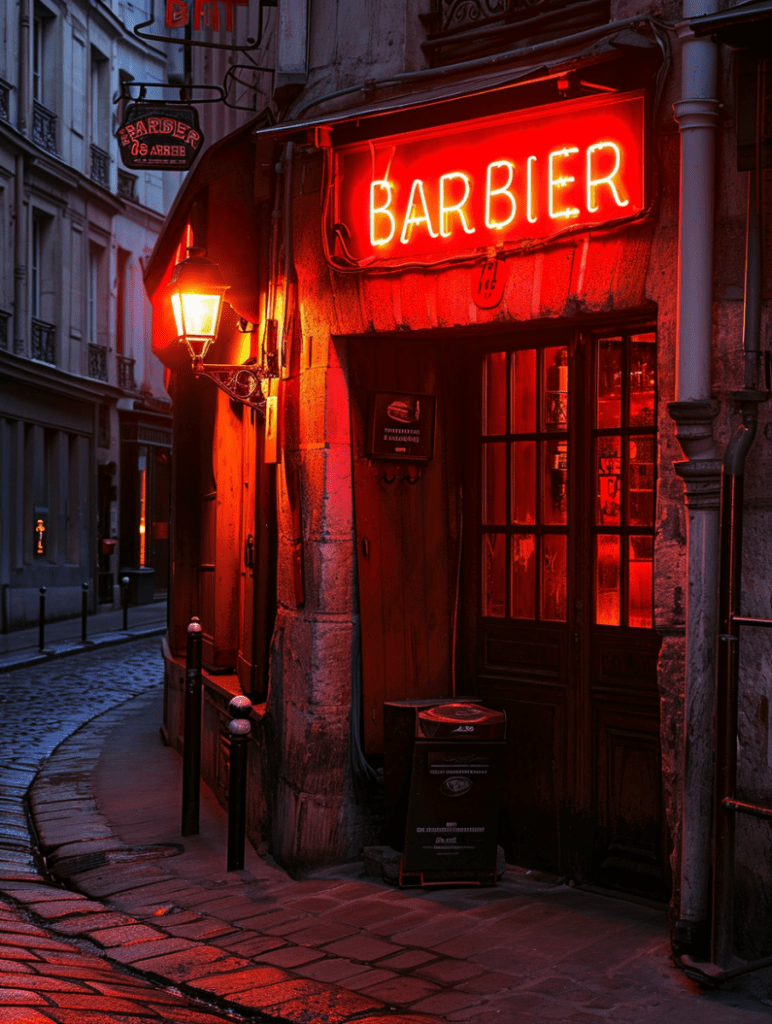On This Day, January 19, 1915, a significant advancement in advertising and lighting technology occurred when French engineer and inventor George Claude was granted a patent for the neon tube sign. This invention marked the beginning of a new era in illuminated signage and had a profound impact on advertising and urban landscapes around the world.
George Claude, known as the “Edison of France,” was a pioneer in the development of neon lighting. He discovered that passing an electric current through sealed tubes of neon gas produced a bright and colorful light. Claude’s first public display of a neon lamp took place in 1910, and it immediately attracted significant attention.
The patent in 1915 was a key moment in commercializing this technology. Claude’s neon tube sign provided a new way for businesses to attract customers with eye-catching and vibrant signs. The first neon advertising sign was sold to a Parisian barber in 1912, and the technology quickly spread to other businesses and countries.
Neon signs became especially popular in the United States during the 1920s and 1930s, transforming the visual landscape of cities like New York and Las Vegas. The bright lights of neon became synonymous with modernity, excitement, and glamour.
While the popularity of neon signs has fluctuated over the years, they remain an iconic symbol of 20th-century design and culture. The invention of the neon tube sign by George Claude represents a key development in both advertising history and the aesthetic of urban environments.
